A comparison of the two countries visualises cultural achievements unfamiliar to the other country and indeed to the country in question. From the turn of the century up to the present day, both countries have founded or have been instrumental in establishing art movements and schools of thought which have in part come to be specific contributions to global culture in their own right. Here, it is necessary to transcend classical disciplines of art in order to show that the talents to be found in the two countries would seem to be in formal, abstract methods of a world view (formal arts and sciences).
An international show today can no longer be based on historical conceptions of state, nation, people and culture. In view of the fact that a great many artists and scientists were compelled to leave their country for religious, ethnic or political reasons, living, working and implementing their ideas in a foreign country, in exile, in diaspora, for example in England, France, North America, the question must be asked to what extent nationality, people, culture and state are but artificial, fictitious constructions of identity. All too often has the world of politics destroyed its own (and other countries') culture in the name of its own (or a foreign) nation and in the name of some people or other. At the same time, individuals and groups have defied political upheaval, devastation and crime producing cultural and scientific achievements of international repute in their own country or abroad, although having been or being subject to constant expulsion or oppression in their home country due to the decades-long regime of totalitarian systems. Thus, culture is obviously neither geopolitical nor national, nor state-run, nor definable in terms of ethnicity, but can rather be seen as a network ever being woven anew, a network passed on from generation to generation, a task of translation that transcends political boundaries. Thus it is possible that although virtually all those involved were exiled and despite the fact that common intellectual trends were robbed of their geopolitical unity, they were eventually reimported to Austria and Hungary where they were continued and further developed.
The achievements and works of around 100 Austrian and 100 Hungarian artists and as many scientists are linked together in the form of a mosaic and presented along the lines of a new problem-historical model. In this way an innovative and informative cartography of culture is evolved.
Peter Weibel
Jenseits von Kunst
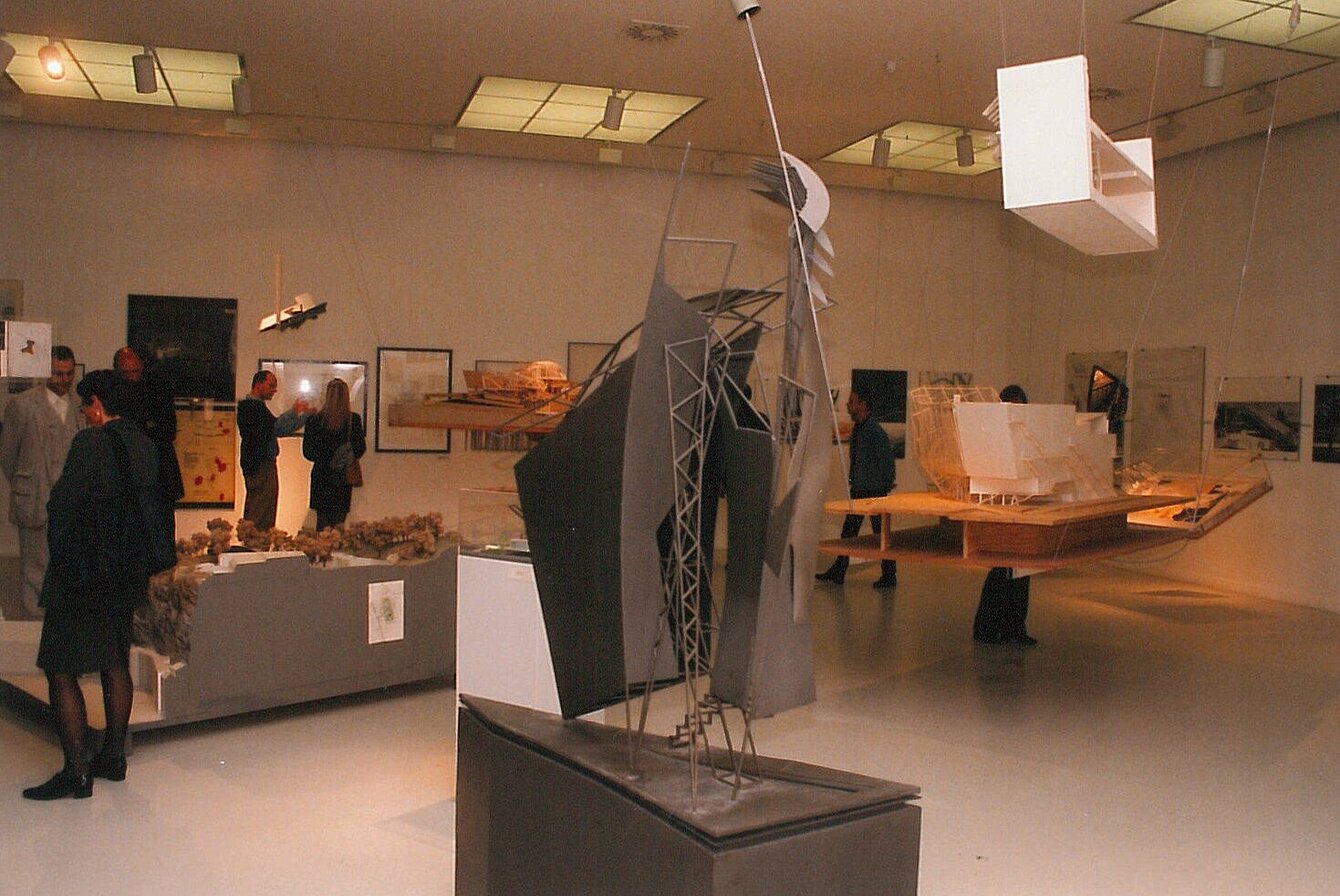
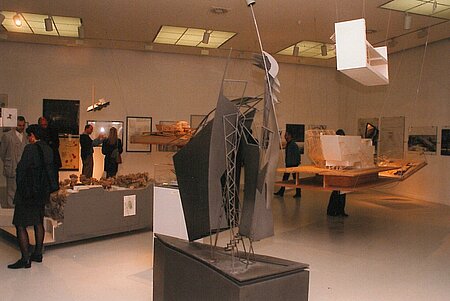
Image Credits
Duration
08.02. - 31.03.1997
Location
Neue Galerie Graz
Curators
Peter Weibel
Show all
About the
Exhibition
It seems that Austria and Hungary are condemned to be an arena of fond illusions, interchangeable clichés and slightly unsavoury conceptions of history in the service of some reactionary ideologies. This exhibition is opposing these distorting anecdotes, appropriations and obscure curiosa by showing the unknown reality of the common cultural and intellectual history of Austria and Hungary with a range of selected examples.
Glimpses
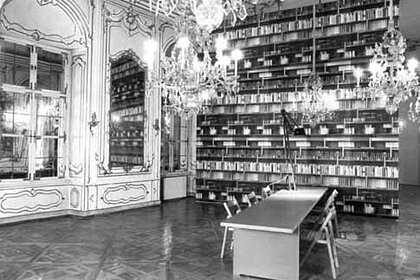
Image Credits
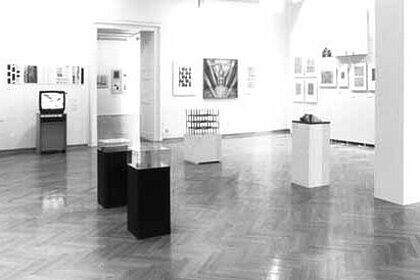
Image Credits
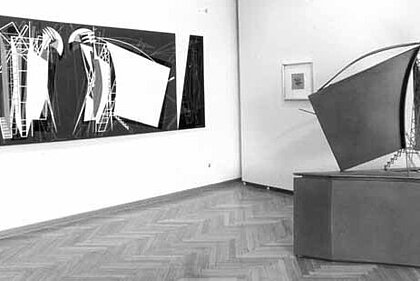
Image Credits
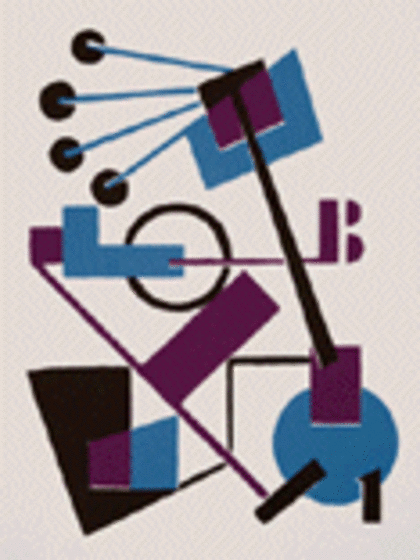
Image Credits
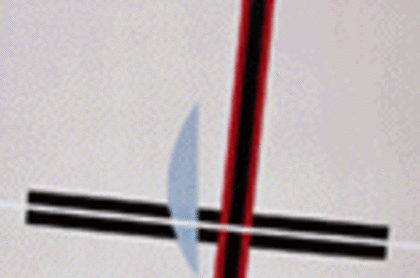
Image Credits
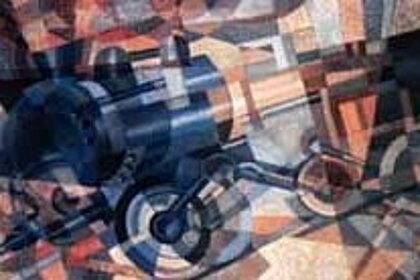
Image Credits
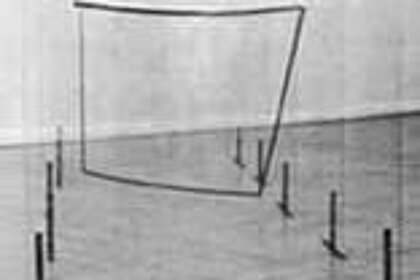
Image Credits
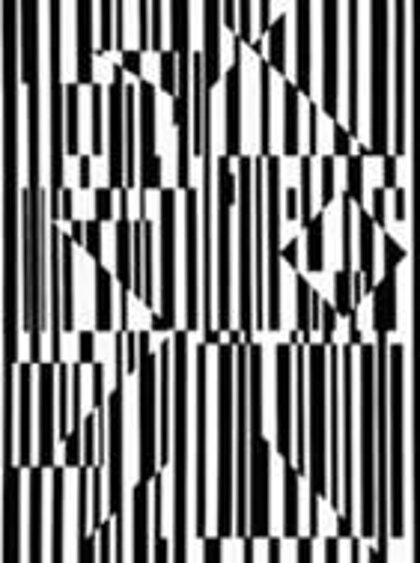
Image Credits
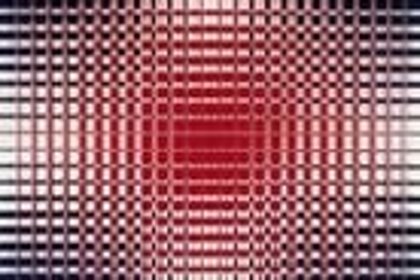
Image Credits
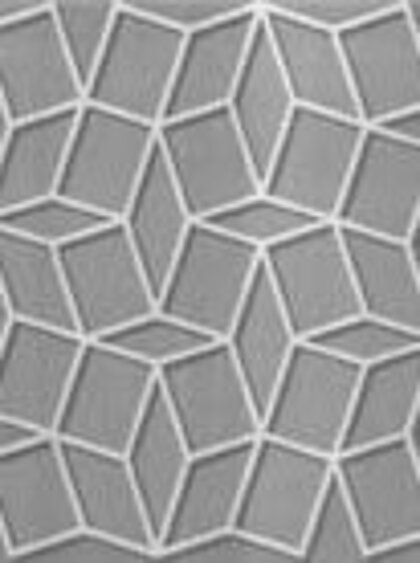
Image Credits
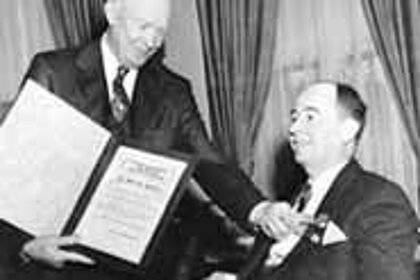
Image Credits
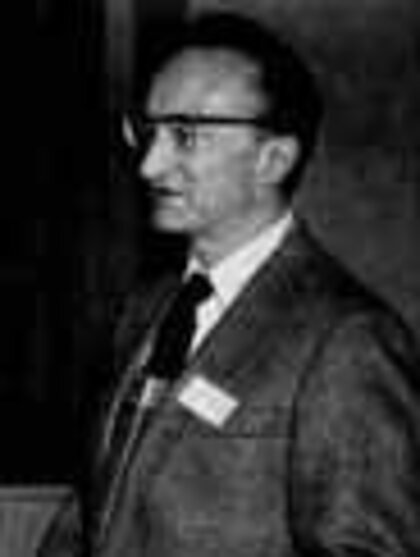
Image Credits
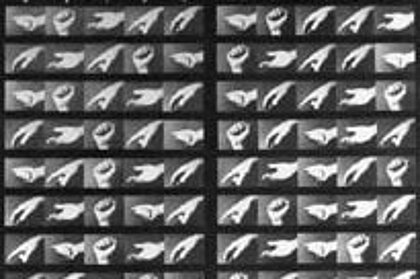
Image Credits
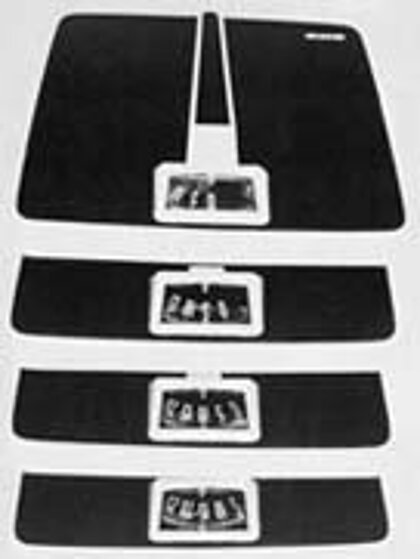
Image Credits
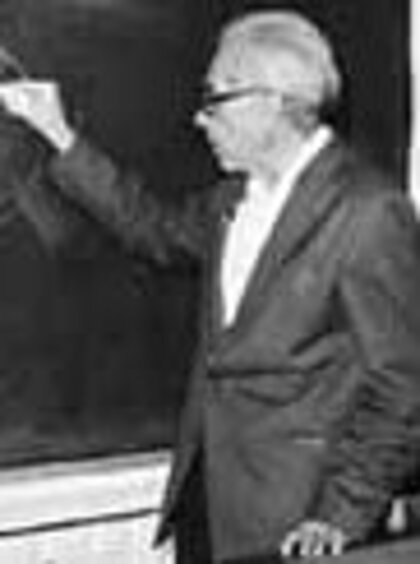
Image Credits
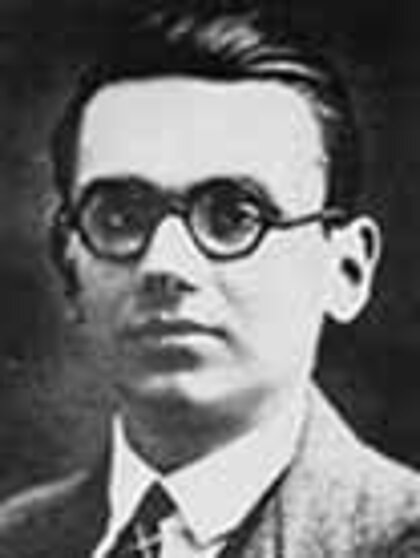
Image Credits
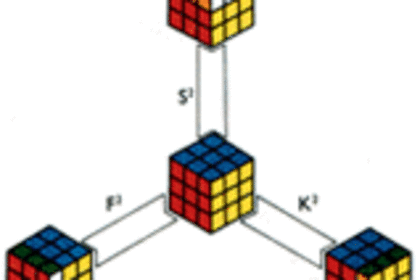
Image Credits
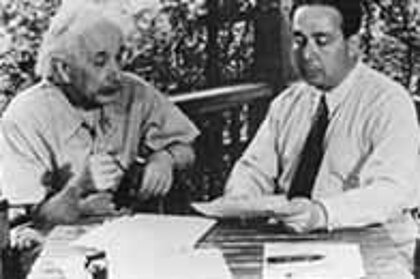
Image Credits
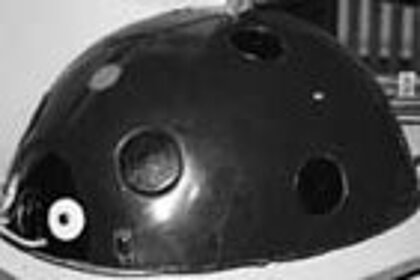
Image Credits
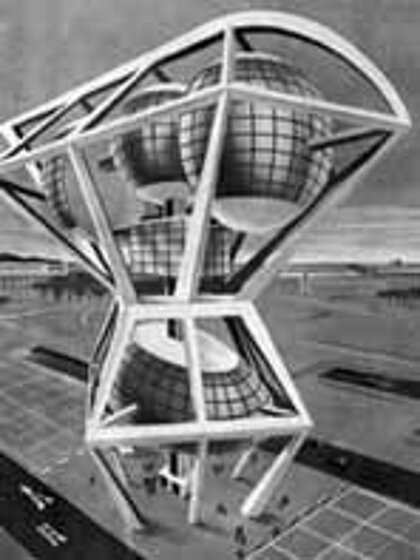
Image Credits
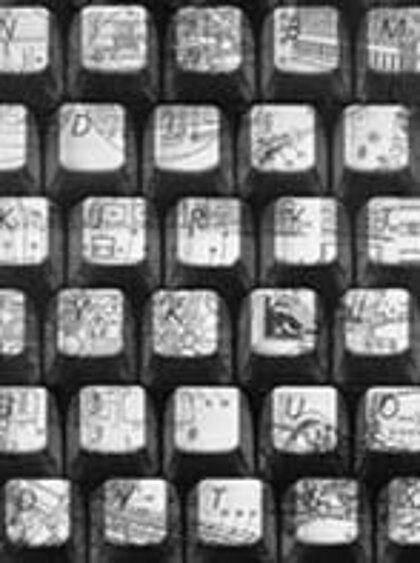
Image Credits

Image Credits
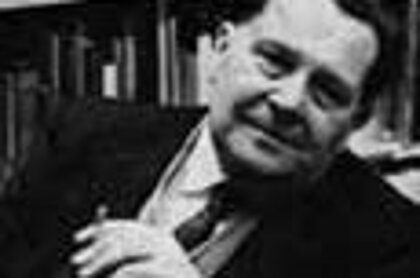
Image Credits
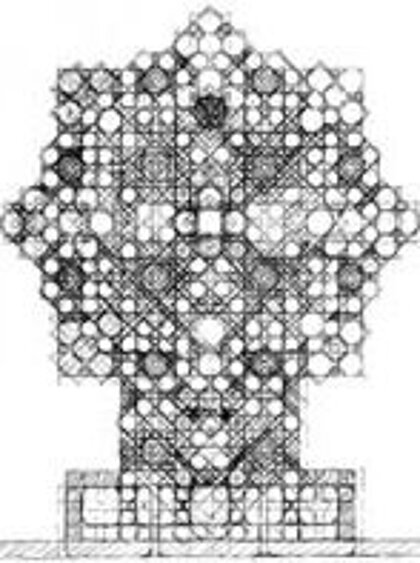
Image Credits
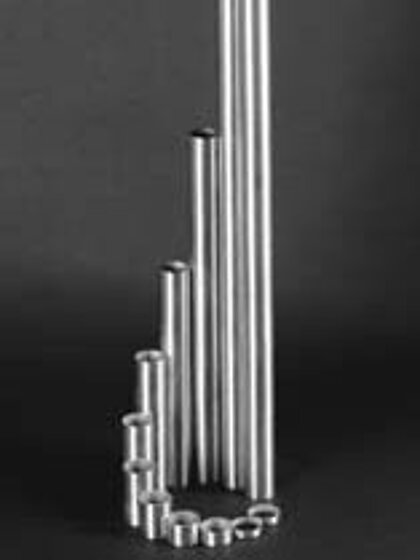
Image Credits
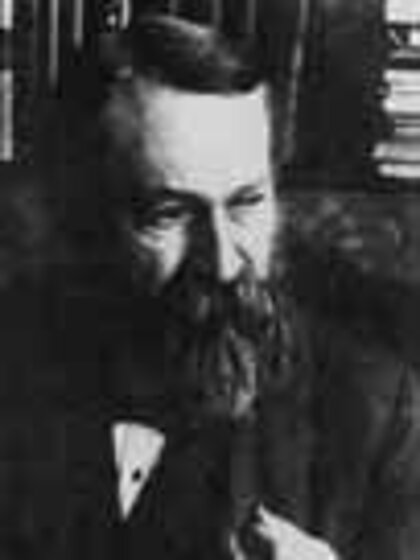
Image Credits
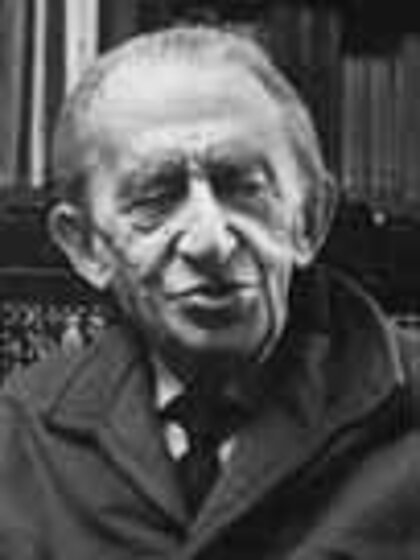
Image Credits
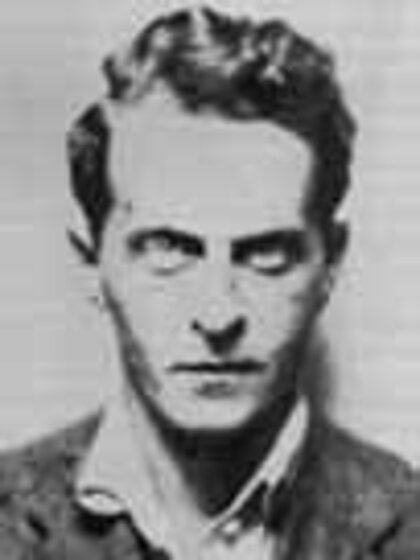
Image Credits
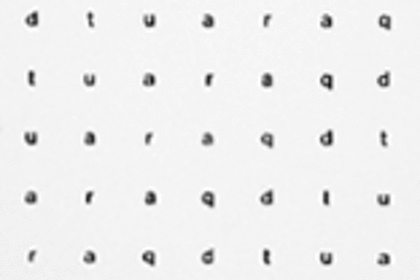
Image Credits
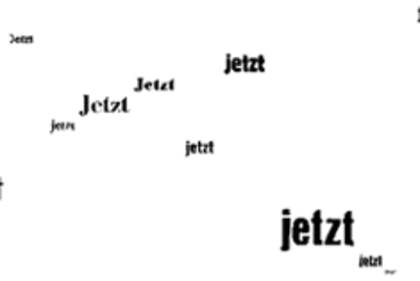
Image Credits
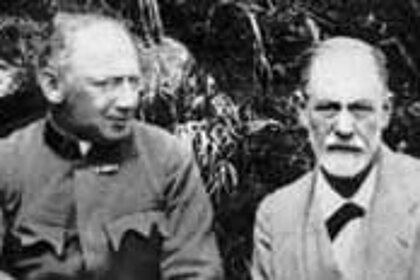
Image Credits
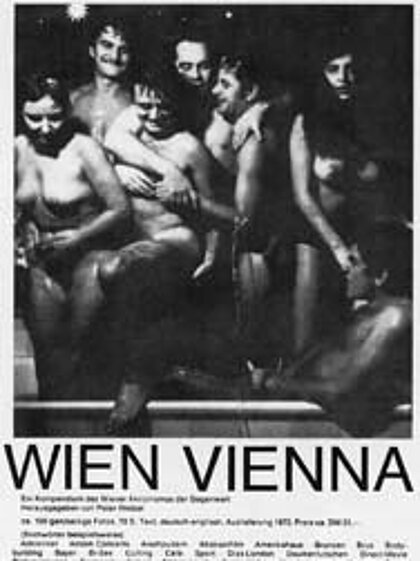
Image Credits
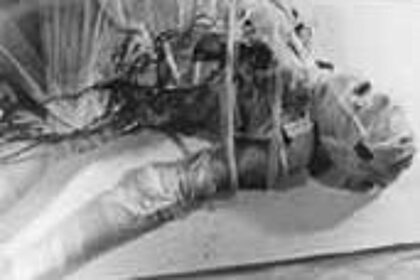
Image Credits
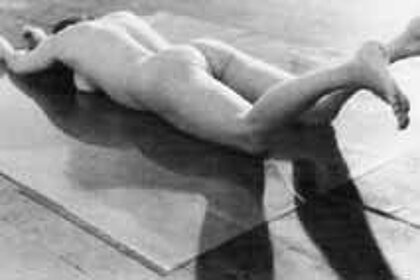
Image Credits
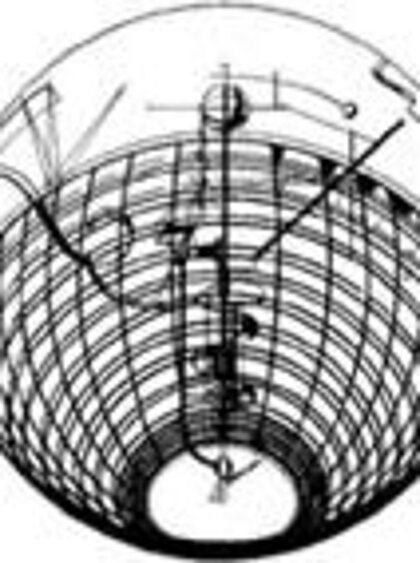
Image Credits
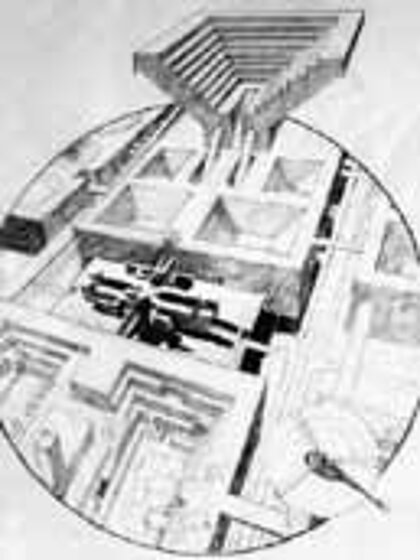
Image Credits
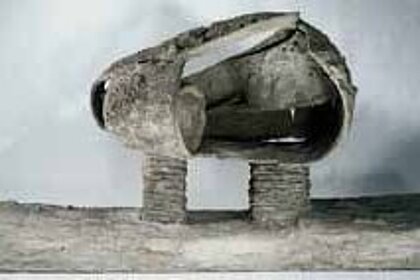
Image Credits
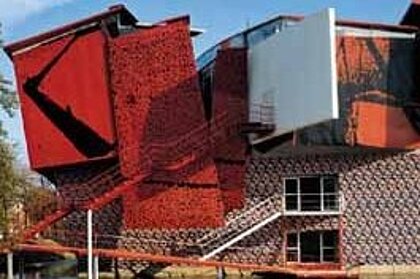
Image Credits
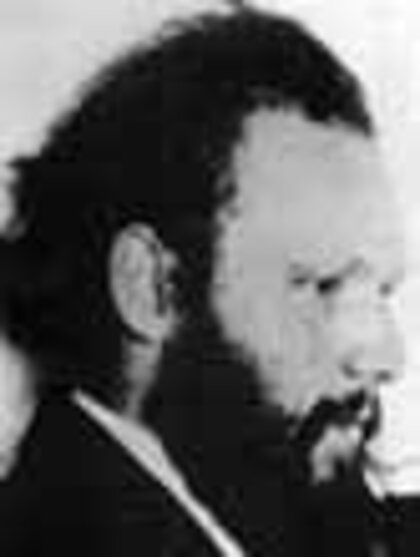
Image Credits
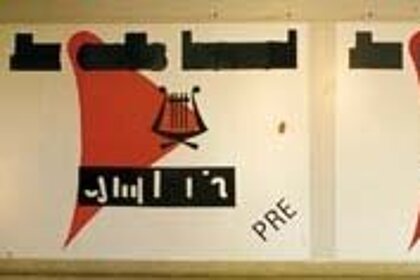
Image Credits

Image Credits
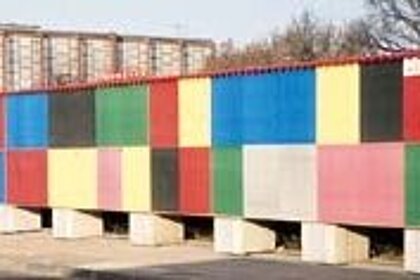
Image Credits



















